“I think that the public think private clubs are very sniffy places, and to be fair in the case of the Kildare Street Club it is not wholly inaccurate. It is a bit fusty, and it is a bit like walking into the 19th century. But that’s kind of part of its charm as well. It is a defiant refuge for Luddites,” says Alexander.
Alexander has been a member of the Kildare Street and University Club for more than 10 years. This is not his real name because there is a tacit contract between the Kildare Street and University Club and its members that they do not speak to the press, ever, even though some members are also journalists.
The Kildare Street and University Club is at 17 St Stephen’s Green, in Dublin, and the Stephen’s Green Hibernian Club is at No 9, a few doors down. Both are located in large and splendid Georgian buildings, and both have been operating as private clubs for more than a century.
Both have websites, although you’ll get no further than the single-image homepage on the Kildare Street and University Club one: it’s member-only access. In contrast, the Stephen’s Green Hibernian Club website, while it also has a members-only log-in to parts of the site, is entirely forthcoming with information about, and images of, its facilities; accommodation, dining and bars.
I contacted both clubs, explaining that I was writing an article, and wondering if I could interview an appropriate person and perhaps be shown around. My email to the Kildare Street and University Club went unanswered until I followed it up with a call. I then received an email from the secretary, Catherine Murphy, who responded: "Unfortunately it is not possible to meet with someone at the club at this time. I am sorry for the inconvenience this may cause."
When I mailed back asking when might be a more convenient time to meet, there was no reply.
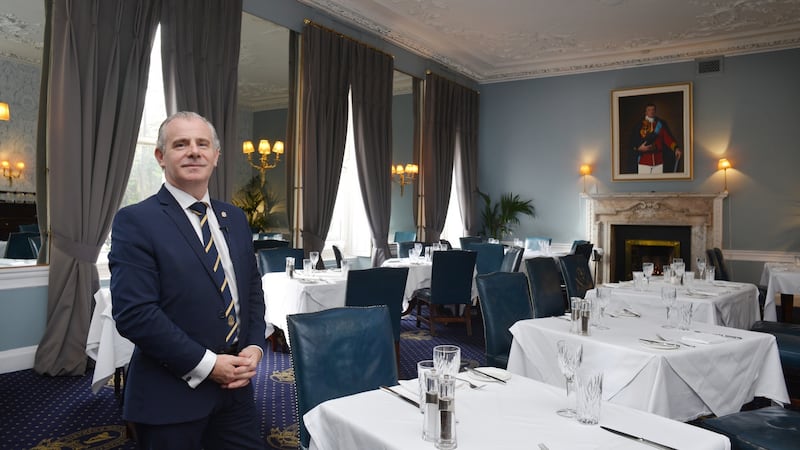
More open
"No, I'm not surprised by that," says Ray Mooney, who has been the general manager at Stephen's Green Hibernian Club since 2005. "They don't like talking to the press."
So why is he talking to me?
“We made a decision not to hide behind a veil of secrecy but to show what we have. It’s only showing it: the price of admission is membership. The members made the decision they wanted to be more open and inclusive, and the new website is part of that.”
We are talking in one of the many labyrinthine corridors that lace through the Stephen’s Green Hibernian Club, linking its formal reception rooms, dining room, reading room, bars, 12 bedrooms and other areas, including a very large courtyard which acted as the de facto dining room during this past summer. The building is absolutely enormous.
So far I have seen trophy heads of beasts in the hallway, all shot by former members; a menu signed by WB Yeats for the dinner given at the club in celebration of his Nobel Prize; four William Orpen drawings Mooney found in storage; a Victoria Cross awarded to a former member; the beautiful ceilings created by the Lafranchini brothers; a very large painting by honorary member Michael Flatley, which he donated to the club; and two snooker tables, one of which sometimes is transformed into a dining table for the 16 members who have come top of the in-house snooker league.
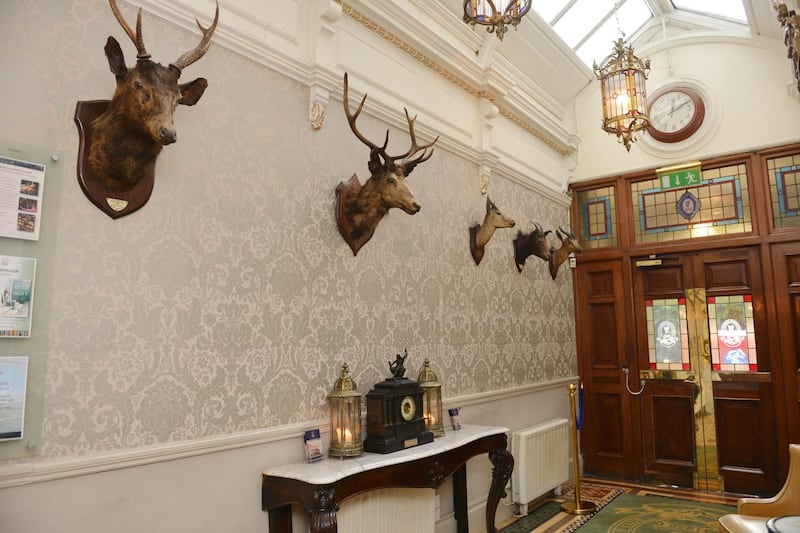
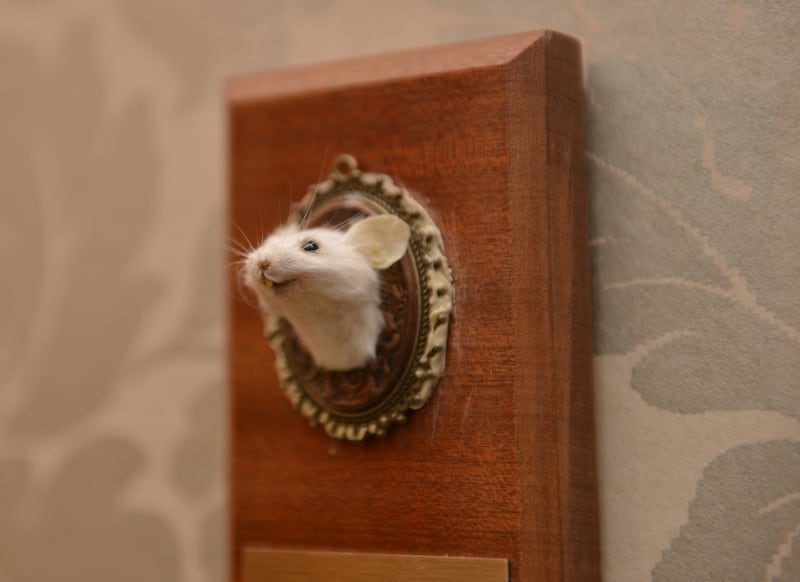
Many quirks
Mooney is an excellent guide, and clearly extremely proud of the place: I note he is wearing club-branded merchandise; cufflinks, tie and a lapel pin. Nobody must know the building better. He has total enthusiasm for all its many quirks.
He greets all staff by name. He knows every club member we come across. As we walk around he explains to me that he will greet members by their first name if they are with family or other club members, but if they are with guests he addresses them as Mr X or Ms X. “It’s like a boutique hotel but very personal because we know everyone.”
I ask Mooney the same question I asked Alexander. What misconception does he think the general public have about private clubs?
“That they are fuddy-duddy. Fuddy-duddy and no fun. Fun is in fact the byword for all of our events. The other misconception is that they are very difficult to get into, but I don’t know any club who isn’t looking for more members. And there’s a perception of them being very expensive, but they are actually very good value for money.”
Do they turn down many would-be members?
“We don’t tend to get applications that won’t make it” is how Mooney puts it.
Like every private club, the Stephen’s Green Hibernian Club has a range of membership fees depending on age and location. The current annual fee for a “town member” is €2,000.
To apply for membership you need to be proposed and seconded by current members of 10 and five years standing; then the application goes before a board of nominations and then on to another board of elections. I try hard to follow all this, but it’s a tad confusing.
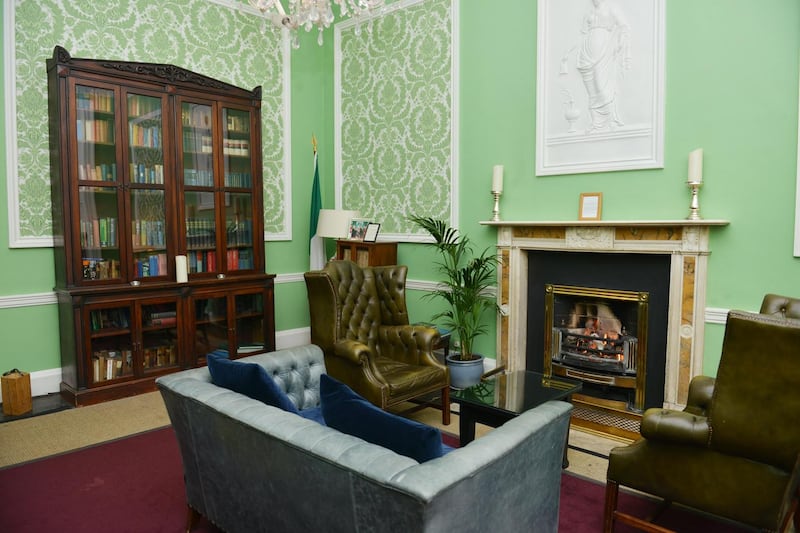

Bedrooms
“But in the recession we did have a fast-track system,” Mooney says. Pre-recession they had 2,000 members. It is almost 1,500 now. “We’d like about another 400 more members. We are at capacity with bedrooms, which is now restricting us. How do you attract more country members if you can’t accommodate them?” (Answer: develop an unused rear wing into additional bedrooms, which is what their 2015 Application Planning Context Report proposes, as can be found by a simple Google search of the club’s name).
The dress code is more casual than it used to be. “A tie is always welcome, but not required. Denim is ignored. [It’s not permitted in the Kildare Street and University Club.] But definitely no athletic dress – no trainers or tracksuits.”
There are various dining rooms (where there are no prices on the menus given to guests), bars, a reading room and two snooker rooms. Or, as Mooney jokingly describes them, “our golf courses”.
There is also a “business centre” with some computers that looks as if it time-travelled right from the 1980s, and a small windowless room off it, where, as Mooney says, “you can step into to take a private call”.
There is a cigar room where members can store cigars, some 40 of whom apparently have done so at present.
“We also have 70 cellars, and members can store wine with us,” says Mooney, when we stop in front of a glass door where I stare in at a space full of neat stacks of wine cases.
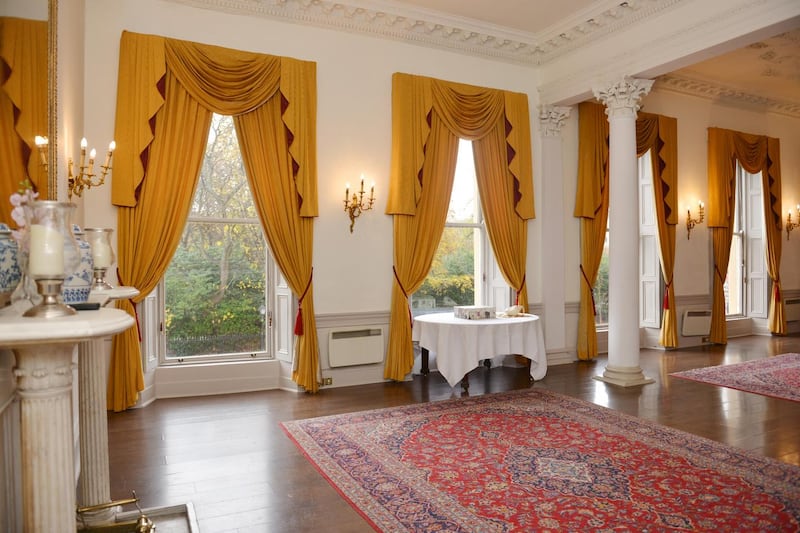
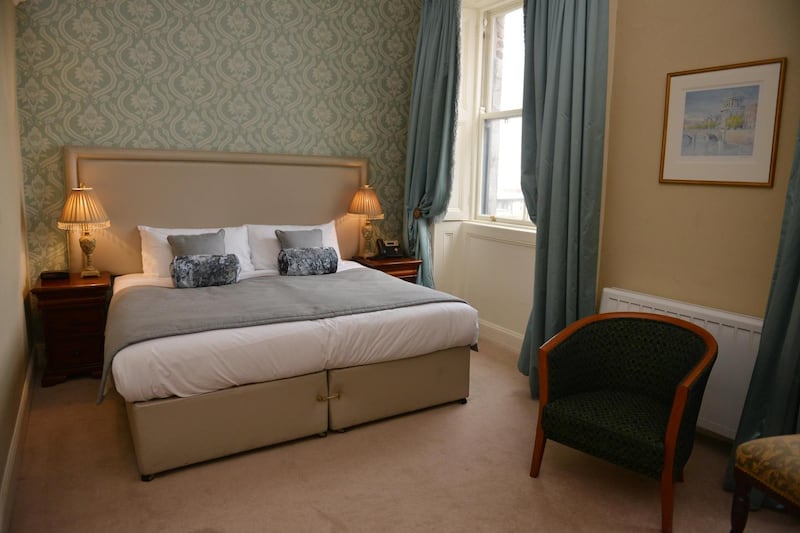
Basement
I am confused. The building is indeed huge, but where could they possibly have all these other cellars? “You have another 69 cellars in the building? Are they in the basement?”
Mooney finds my question hilarious. When he has stopped laughing, he explains that each case represents one cellar. If you are a member you can rent case-space, which the club then equates to one cellar. I have never heard this expression before, but it is another quirky example of a kind of insider lingo all members-only establishments probably have.
There are a lot of large photographs of men throughout the club; the walls of one bar only portrays men. What about the gender balance in the club?
Mooney says women now make up about 25 per cent of the membership, and that its “fastest growing” sector is businesswomen. As regards the Stephen’s Green Hibernian Club’s age profile, the average age is 57. This is down from 68 in 2012. Of the most recent 150 members to join, their average age is 42.
The building – easily worth €20 million, Mooney estimates when I ask – is held in trust for its members. He is not interested in speculating how much it might fetch in today’s febrile property market. “It’s not for sale, and never will be.”
We’re now sitting in the vast dining room, with its large period windows overlooking St Stephen’s Green. There are only a few diners present at the end of lunch service.
He waves a hand at the largely empty room. “The club must make money, because if it loses money it will close. But we are a non-profit. So it doesn’t matter if there are only eight for lunch today or 40 tomorrow. Obviously I’d like to see the room full, but that’s the difference between ourselves and a commercial enterprise: we have to manage this as a professional business, but it is not managed as a commercial business.”
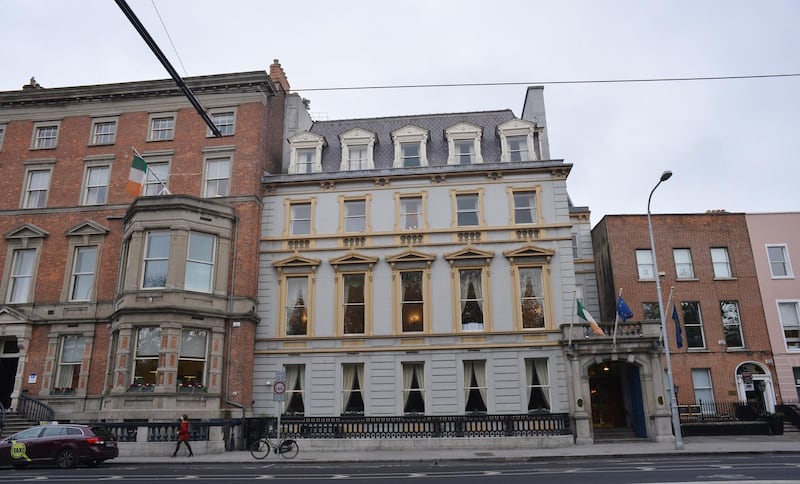
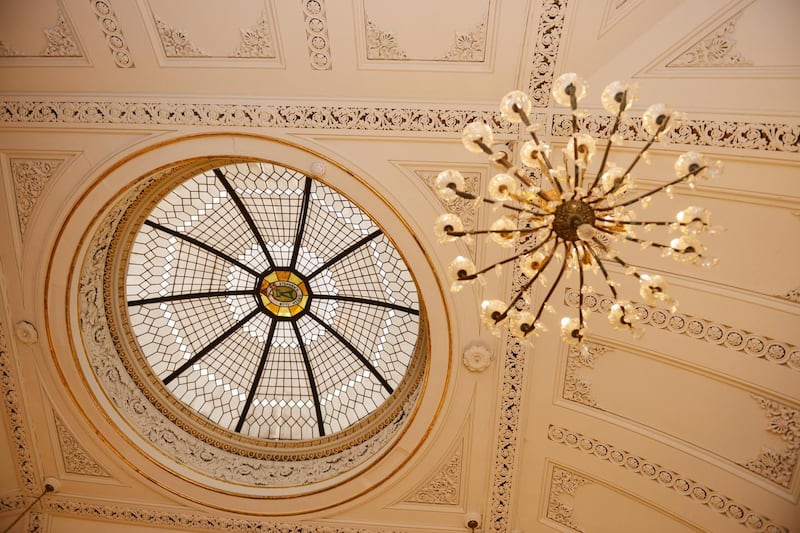
Membership base
While understandably anxious to protect the privacy of members, Mooney does disclose a few things.
“We are predominantly a social business club. I believe we have a different membership base to the Kildare Street Club. Our members are from the business, legal, and medical professions. We don’t compete for the same kind of members.”
Past and current members of the Kildare Street and University Club tell me that its membership has long represented academia, the clergy, people from the Protestant community and those with inherited land and wealth. Or, as John tells me, “Anglo-Irish landed gentry before they all died out.” John, like Alexander, doesn’t want to go on the record. He is a retired management consultant, who was a member of the club for close on 30 years.
“I resigned a couple of years ago because I was never there anymore. I went in for lunch, and my one lunch that year cost me €650 or whatever the country membership was that year, because my visit equated to the membership fee.”
As a country member, part of the reason John joined was to avail of the modest rate for accommodation. What makes the Kildare Street and University Club different to staying in a hotel?
“It’s personal. The staff knew you when you came in. It was very nice to have people there to talk to, who knew you. Some of the staff had been there for more than 20 years, even 30 years. And one could have a very personal type of conversation even with the barman.
“Stephen’s Green is in the centre of Dublin, and the club was very comfortable and very pleasant. You could meet friends in the drawing room by invitation. It was rather like a home in the middle of the city. Sitting at the members’ table for dinner in the evening was very pleasant, but things, of course, became slightly less sociable when the rules for drink driving came in.”
John does not recall there being many women members during his time. As for age profile, he estimated it was “in the region of 50s and 60s”.
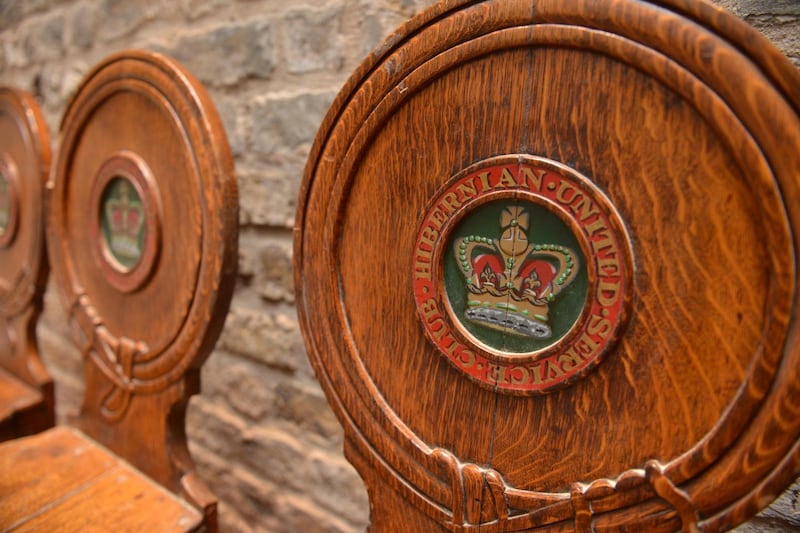
Brought for lunch
Francis doesn’t wish to go on the record either. Unlike John and Alexander, he was never a member of the Kildare Street and University Club, but he was brought there for lunch some years ago by a relative through marriage.
“The whole experience started before I even went inside. I was late, because I couldn’t find the place; I had actually walked past it several times. I had never been to such a place before, and I was very nervous.” His relative had, with some embarrassment, instructed him to wear a tie for the occasion. “He even offered to loan me one of his just in case I turned up without one.”
Francis eventually realised which building was the club because his relative was standing at the door, calling him.
“But he wasn’t calling my name. He was addressing me by my academic title, and calling out ‘doctor’. It was almost as if by standing in the doorway of the club it meant that he had to use this more formal mode of address.” It was not a term his relative ever usually used.
Once inside, he recalls: “An unreconstructed place in every possible way. It is like an expansive bed and breakfast rather than a gentleman’s club, at least the bits that I saw. The room where we had lunch was not particularly elaborate. It was slightly dowdy and not in a charming way.
“I had thought the place would be ornate, or like something out of a Le Carre movie, with lots of old leather chairs, and a library, but it was all quite bland, and the waitresses, at least in my memory, were ancient. The whole experience was like stepping back into the 1950s. And everyone was speaking a language I had no idea how to speak.”
Although Francis continued to lunch with his relative in central Dublin for years afterwards until his death, by some unspoken mutual understanding they never again returned to the Kildare Street and University Club.
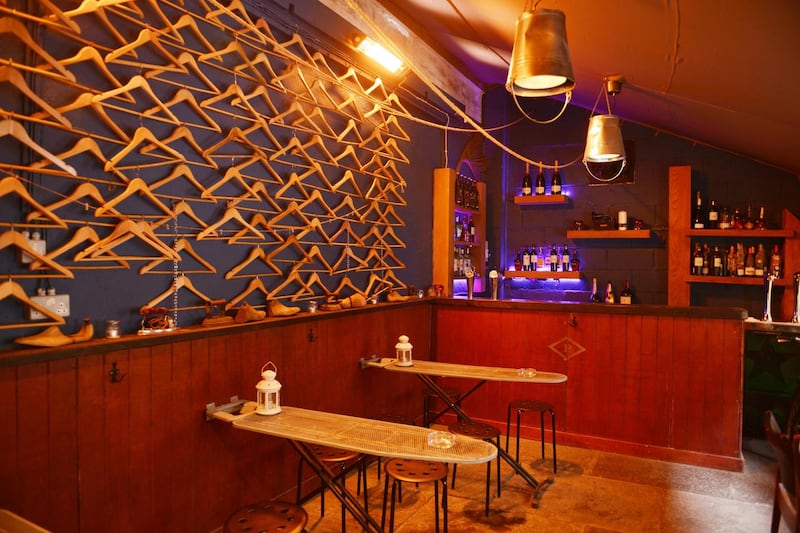
Sanctity
Like Mooney, Alexander, a member of the Kildare Street and University Club for 10 years, is unsurprised that no representative from the club was willing to talk to me. “They are very sniffy about any kind of public profile. But I can understand why they are quite sniffy about publicity; they want to preserve the sanctity of the place. And I actually think that’s right.”
So what goes on at the Kildare Street and University Club?
“Clubs are not malign places; they are not places where great power is wielded. What both the Kildare Street Club and the Stephen’s Green Club are doing with those buildings is very good, because at least they are accessible. They are being used by large numbers of people. Yes, you have to join to go into them, but at least they are not offices.
“With the exception of the legal profession, my sense is that there is little or no networking done in the Kildare Street Club. It is a largely social venue, and I think that is a good thing about it. Outsiders inevitably assume that these places are where the elite come to do their business, but they don’t even like you talking about business in the club. Which I think is probably quite different to the Stephen’s Green Club: I imagine there is a lot of networking there.”
The “University Club” part of the title is there as two clubs merged to form one, and the university referred to was Trinity College.
“Because of the Trinity element there are a lot of academics, and they are a nice counter-balance to the legal element,” he says. “There are a lot of barristers and lawyers and judges who are members. My sense is that it is no bad thing for a lawyer to be in it, in terms of securing contacts or work, particularly if you are a barrister.”
Gender balance
Alexander estimates the gender balance to be between a quarter to one third women. “It’s not a liberal place, but it’s not a fusty old man’s place. It’s not a place where women feel unwelcome, so in that regard it has moved with the times.”
What about the age profile?
“The age profile is relatively old. The median age is about 55.”
Alexander, who is himself approaching middle-age, tells me he is almost embarrassed to admit how much he enjoys his club membership.
“I meet a lot of very nice people there. It is the kind of place you find yourself in conversations you feel lucky to be part of.”











